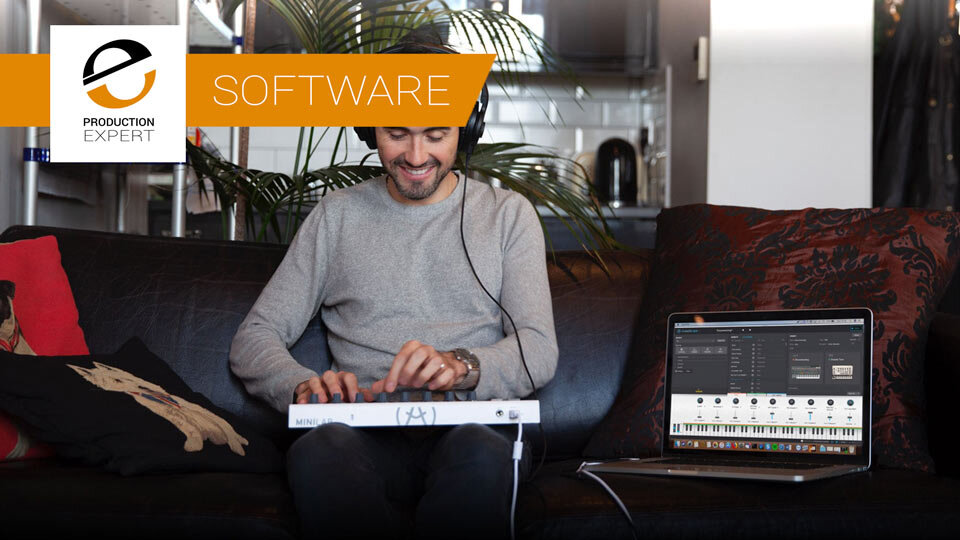

Would prefer to be able to assign channels to zones, but I guess that's why Arturia sell more expensive / feature rich versions. Not really suitable for piano sounds, but is grand for synths and light organ work.Ģ. It's not the sturdiest keyboard in the world, and the keys are very light to the touch. I've had hours of fun with the vintage synths.ġ.

Arturia analog lab worth it software#
The variety of sounds / synths in the bundled software is just fantastic. It took me a little while (and a youtube video) to figure this out, but it was really worth it to have the versatility of a second keyboard on the Nord sound engine and the ability to control the organ sounds from the midi controller.Ĥ. With the optional adaptor (Item 192043) I have also been able to use this in a live setting as a controller keyboard (in my case for a Nord Electro 6 HP), so it could operate as a top (B3 organ) board, including the assignment of the sliders to the Nord drawbar settings. The midi control centre, where you can save configurations to the User pads for easy recall is great.ģ. The analog synth sounds of the Arturia Analog Lab are extremely fun to use, and the variation of what you can get from it is absolutely inspiring.Having found ourselves spending hours just looking through cool sounds on Analog Lab, we can testify that it’s a damn good plugin. Relatively easy to set up and install, provided you follow the instructions and do everything in the right orderĢ. There are some limitations (eg the absence of zones / splits) but for less than £200 I can't really complain.ġ. In addition to the relatively low price, the bundled software made it a very good value purchase. I think this makes the keylab essential and excellent product overall, especially for those first getting into making music who perhaps don't have as many synths and samples yet. Pay 9.99/month until you own it through Splices Rent-to-Own plan. The big thing though is the inclusion of Aturia's analog lab. Analog Lab V provides access to 30 classic keyboards and synths with 2,000 sounds and presets. For whatever reason the note-off doesn't get sent. My major complaint is the midi keys sometimes get stuck on. The only difference between the two is that on the AA元 you don't have the extra features of 'Advanced TAE technology for sophisticated simulation of coupling between electronic circuits' the V Collection contains. It's the same on my keystep pro, so it might be Arturia's thing. Well, I found out about the Arturia Analog Lab 3 and it contains all the presets the AVC6 has. My minor complaint is that the pots move veeeery slowly. Analog Lab V is a plugin that combines thousands of world-class presets spanning dozens of timeless instruments, instant-access controls, and flawless integration - in one place.
Arturia analog lab worth it update#
The programming software is easy to use, and an update within the last year made it not take a few minutes to actually load. I like the layout, lots of faders and pots to map things too.

Nothing fancy beyond velocity and release velocity. The keys are nice, though it's a typical synth keybed. Having five octaves in a pretty compact keyboard has been great as someone who doesn't have a whole lot of space. "The MiniFuse 2 is a perfect candidate for any beginners looking for their first interface.I use this as my main midi keyboard. MusicRadar verdict: MiniFuse 2 is a compact USB interface with plenty of features, but it’s also incredibly intuitive to use and looks and sounds great. Factor in 192kHz operation, the impressive software bundle, generous five-year warranty and a choice of ‘colours’ and you have a pretty decent package for the money. There are cheaper 2-in/2-out options out there, but MiniFuse 2 is a feature-rich device with some subtle yet handy options that you don’t always get at this price. With plenty of backlit buttons and illuminated controls, you can see what’s happening just by glancing at the interface. Nevertheless, it’s the overall functionality that wins through here. The instrument input sounds great and it’s good to see two identical mic/line/instrument inputs at this price. The MiniFuse 2 sounds pretty good, with nice clean main outputs and plenty of volume from the headphones. With plenty of backlit buttons, you can see what’s happening at a glance Thankfully there’s a dedicated backlit button to mono the inputs, and the headphone and monitoring knobs also have integrated blue LEDs. The hardware monitoring influences both the headphone and main output, and by default inputs 1 and 2 are panned to opposite sides.

Next to this, you’ll find the zero-latency hardware monitoring balance (Input/USB), and then the headphone output and level control. The front panel has a large Monitor output control alongside 6-part 3-colour level meters.


 0 kommentar(er)
0 kommentar(er)
